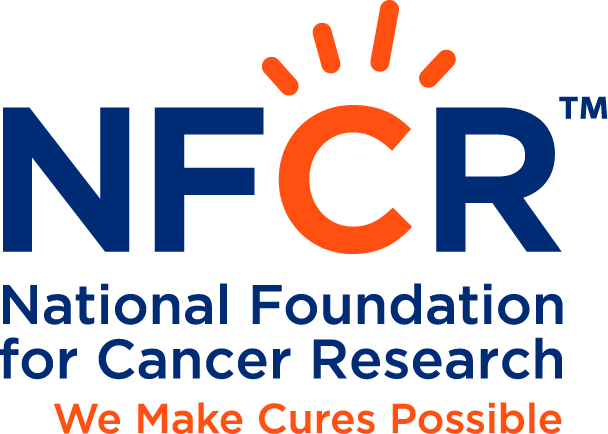Breast Cancer Survivors Need to Take Actions to Reduce Their Increased Risk of Cardiovascular Disease

According to a report from the American Cancer Society, the number of breast cancer deaths in the U.S. has decreased by 42% from 1989 to 2019. This data indicates more patients have survived breast cancer after being treated with advanced therapeutic approaches.
Breast Cancer Survivors have an Increased Risk of Developing Cardiovascular Disease
Even though more patients survive their breast cancer because of improved outcomes, the risk of developing cardiovascular disease (CVD) after receiving treatment has become a veritable concern.
A recent report published on April 6, 2022 in the Journal of Clinical Oncology revealed that women with breast cancer who received cancer therapies had increased cardiovascular disease events than women without breast cancer.
The study compared data from 13,642 women with invasive breast cancer between 2005 and 2013 with 68,202 women without breast cancer. They found that breast cancer patients who received the chemotherapy drug anthracyclines and/or the anti-HER2 drug trastuzumab had a higher risk of heart failure than the controls.
Also observed was a higher risk of heart failure in breast cancer survivors who had a history of radiation therapy and aromatase inhibitor treatment. Finally, researchers saw elevated risks for stroke, arrhythmia, cardiac arrest, and CVD-related death in breast cancer patients who received cancer treatment.
Taking Action Against Cardiovascular Disease Risk
Nearly 90% of breast cancer patients survive at least five years after their initial diagnosis. Even more, there are 3.8 million breast cancer survivors in the United States. Thus, the increased CVD is an issue that impacts millions of individuals and deserves attention.
Typically, increased CVD risk manifests approximately seven years after diagnosis. Doctors and patients should take preventive actions and intervention measures to reduce the excess burden during this critical time frame.
Live a Healthy Lifestyle to Reduce CVD Risk
Patients need to understand that they shouldn’t avoid the treatments after their diagnosis. Immediate and effective treatment is critical to saving their lives. Instead, they should take the following steps to prevent or minimize their cardiac risks.
- Develop a plan with their doctors for receiving comprehensive, ongoing follow-up care and monitoring for their cardiovascular risk.
- Understand that they could improve their chances of living a long, fulfilling life and reduce their risk of CVD by living a healthy lifestyle. This lifestyle includes exercising regularly, sticking to a healthy diet, and keeping a healthy weight.
Although this study helps doctors and breast cancer survivors realize the effects of cancer treatments on cardiovascular health, further studies are needed to provide guidelines and strategies to prevent treatment-associated CVD and protect the patients during and after the treatments.
Sign up here to receive our monthly e-newsletter and blogs featuring healthy life-related information, stories of inspiration, support resources, cancer prevention tips, and more.
Additional Reads You May Enjoy:
Managing Stress as a Cancer Patient and Survivor
5 Ways Walking Can Reduce Stress and Prevent Illness
New Treatment & Renewed Hope for Triple-negative Breast Cancer Patients
References:
1. Report: Breast Cancer Death Rates Down 40% Since 1989. American Cancer Society, October 2, 2019.
2. Risk of Cardiovascular Disease in Women With and Without Breast Cancer: The Pathways Heart Study. Journal of Clinical Oncology, April 6, 2022.
3. Cardiovascular Disease and Breast Cancer: Where These Entities Intersect: A Scientific Statement From the American Heart Association. Circulation, February 1, 2018.
4. Cardiovascular Disease Mortality Among Breast Cancer Survivors. Epidemiology, January 2016.











